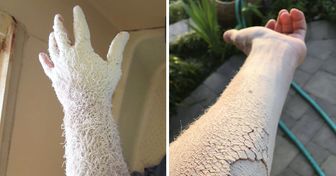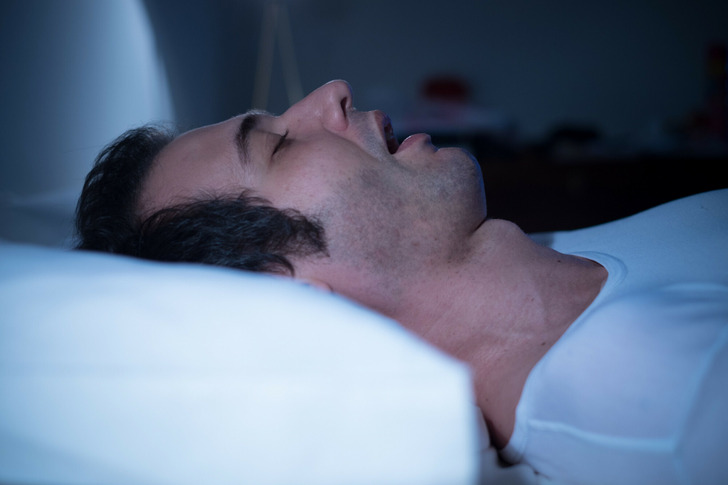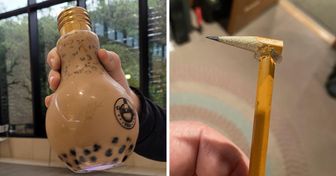16 Photos That Don’t Need Photoshop to Grab Your Attention

Studies tell us that there are more than 8 reasons why self-care is essential when starting our days. However, taking care of ourselves and learning about our bodies must come from information based on science and facts, not from myths and opinions.
Bright Side is all about maintaining a healthy relationship with our bodies. That’s why we’ve collected a list of debunked myths we live by unknowingly.
The popping sound when we crack our knuckles might happen for varying reasons, including relaxation, but the rumor surrounding it is based loosely on fact. Although frequent cracking and popping of your knuckles might cause injury, scientists say this doesn’t increase your risk of getting arthritis.

Eating late at night might be related to gaining weight. It’s somewhat true, especially when talking about munching on an extra meal after dinner. However, missing a meal and making up for it by eating hours later after supper time is an exception.
It turns out that it’s more important to be aware of how much you eat rather than when you eat, as your calorie intake matters more when maintaining a healthy weight.
Skincare wouldn’t be complete without facial regimens and other tried-and-tested practices to achieve fresh and glowing skin. One typical food “no-no” when it comes to maintaining a smooth face is chocolate.
Chocolate is often associated with oily skin and heavy breakouts, especially on the face. That’s why face-conscious people steer clear of the sweet delicacy. Even so, there is no scientific evidence that this claim is true, as there are mixed results in the studies.
Hair removal has become increasingly trendy over the past years. Getting rid of body hair in unwanted areas opened new doors to various techniques. But there is one method people usually avoid: shaving, especially on delicate parts.
Sorry to burst your bubble, but shaving isn’t actually a bad way to get rid of hair. The effect after shaving might make the growing hair appear darker and rounder, but it’s actually because of the coarser base, its thickness, and not being exposed to some elements (like sun and soap, for instance).
Almost all advertisements we see have models that flash pearly whites. That’s why we’re so eager to whiten our smiles in different ways. However, the opposite is actually an indicator of a good set of teeth.
Having a bright smile can be tempting, and a yellowish one, quite embarrassing, but some light yellow on our teeth is actually from something called dentin, which protects the inner layer of the teeth.

As we age, fine lines, which we also call “smile lines” and “crow’s feet,” become more visible. We often associate these wrinkles with smiling, which is not entirely wrong. These appear more and more whenever we squint and grin.
Flashing a pretty smile is one thing, but the main culprit here is the loss of skin elasticity and collagen. Getting older, as well as environmental factors, such as harmful sunlight, are also behind those lines.
The promise of stretching our muscles and breathing is enough for us to try yoga and experience the benefits it brings. We might be inclined to seek its help when things go wrong with our bodies, but some promises are made to be broken.
If we experience some conditions, such as asthma, yoga might not be an ideal solution. But don’t let that bring your hopes down. Yoga still helps in relieving unbearable chronic pain — you just need to consider it a complementary therapy and always remember that it shouldn’t hurt you.
High heels truly put the “high” in high fashion. That’s why they’ve been a staple in dressing up over the past centuries. But we don’t typically believe that heels make us too happy. Maybe because we’re still scared they can give us bunions eventually.
Contrary to that popular belief, bunions are not caused by wearing heels, although they worsen the condition. Bunions are, in fact, caused by genetics and underlying diseases that make your joints swell, such as arthritis. Shoes are only dangerous if they cramp your toes.

Fads, such as detox diets, cleansing smoothies, vitamin drips, and more, make us believe that our body needs a lot of help from various healthy foods in order to stay clean and in tip-top shape. They sound promising, but we don’t really want all of that.
In fact, our bodies actually have an inner cleansing machine and don’t need help from a bunch of “cleansers.” The liver already filters all of what we ingest, and all we have to do is take care of it. Moreover, experimenting with diets and programs without a health professional’s supervision can ultimately harm your liver.

Snoring might be an annoying part of our everyday routine, but it’s actually something to watch out for. In fact, you can spot several hidden conditions when snoring gets excessively heavier over time. These include blocked nasal airways, sleep deprivation, and sleep apnea.
It may appear as common knowledge when we talk about our fingerprints and how they are uniquely personal. We even see this kind of uniqueness in spy films or cartoons where they scan the tips of their fingers.
However fascinating this may seem, this information may not be precisely accurate, as fingerprints may not be that reliable anymore when it comes to solving crime. Some patterns may come off as similar to others.
How well do you really know your body? How can you tell if the information you read about your body is true?











